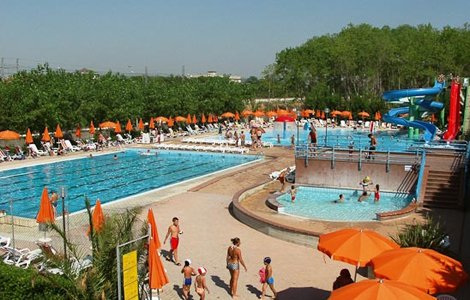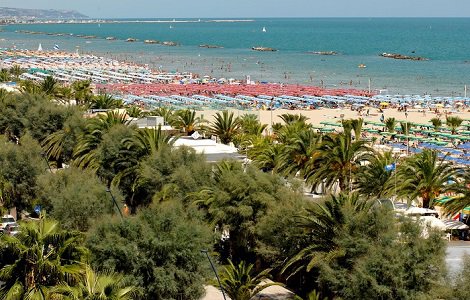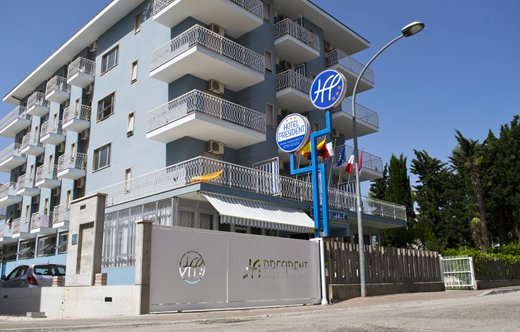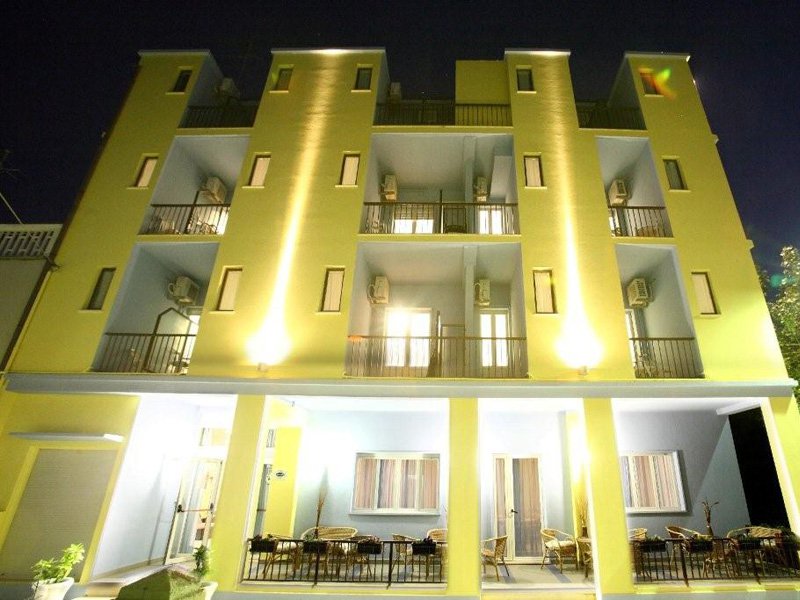Find out Porto Sant'Elpidio
Info
Porto Sant'Elpidio is the longest municipality on the Fermo coast (about 8 km) and also the youngest, having been born in 1952 from the separation from the city of Sant'Elpidio a Mare. It is located in the north on the border with the province of Macerata. Despite the name, its economy is not based on maritime activity, unlike its history, but rather on the footwear industry. Developed in the second half of the 19th century, it became the main productive activity, replacing the agricultural one. In recent decades, the tourist activity has also grown, thanks to the long coast and the birth of numerous accommodation facilities.
To be seen
Church sanctuary of S. Maria della Corva
Initially dedicated to St. John the Baptist, the building dates back to the 16th century but was remodeled in 1745, at the behest of the archbishop of Fermo Alessandro Borgia. It was originally a simple rural chapel but was elected a sanctuary in 1558, following a miracle that occurred in July 1829.
Church of the Annunziata
Located in the old block, inside this church, built in 1823 at the behest of Cardinal Cesare Brancadoro, there is an "Annunciation" by Nicola Monti (XVII).
Elegant villas - Villa Barruchello - Villa Murri - Villa Trevisani - Villa Rutigliano
In these stately villas, some dating back to the 1700s, there are botanical gardens with various floral species. They were country villas of the local nobles, with stupendous gardens, some embellished with fountains.
History
Despite its young age, the city of Porto Sant'Elpidio has ancient origins. Finds that took place in some districts of the city would demonstrate the existence of a community dating back to the 9th century BC. with the remains of a village on stilts. Between the 6th and 9th centuries, the Elpidiense area underwent a strong increase in agriculture and the exploitation of its resources. In the mid-13th century Sant'Elpidio began to take shape as a municipality and, again in that period, obtained from the papal legates the right to have its own port. In the sixteenth century the development and birth of the current Porto Sant'Elpidio began. Pope Pius IX authorized, in about 1560, the continuation of the construction works of the tower and the customs house, to increase the defense of the port against the frequent pirate raids. Gradually the importance of the port declined almost completely, but this did not prevent the demographic development of the city, thanks also to the construction of the railway (1863). Precisely in this period the birth of the footwear business began which, from a home-made artisan work, was transformed into a solid industrial reality.





